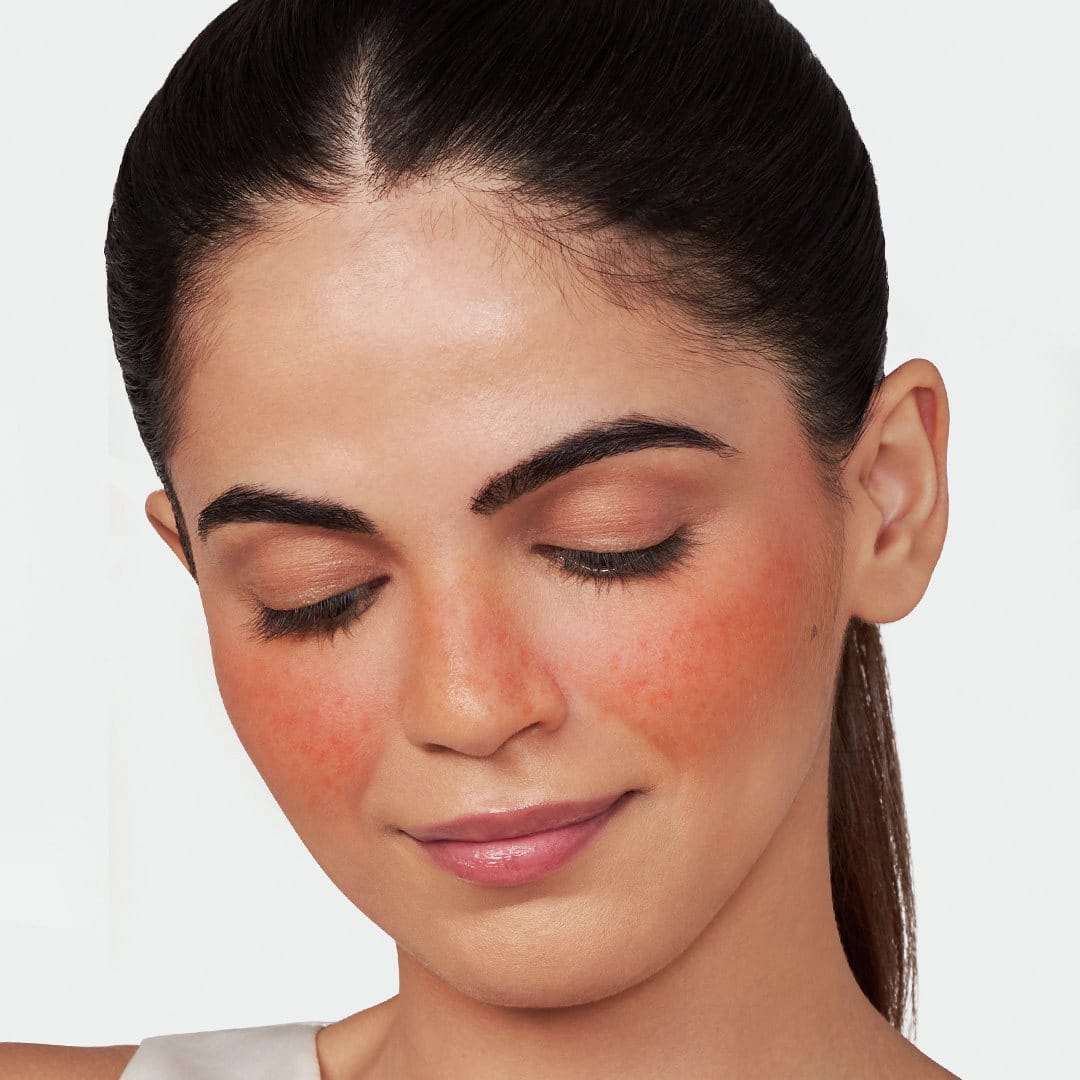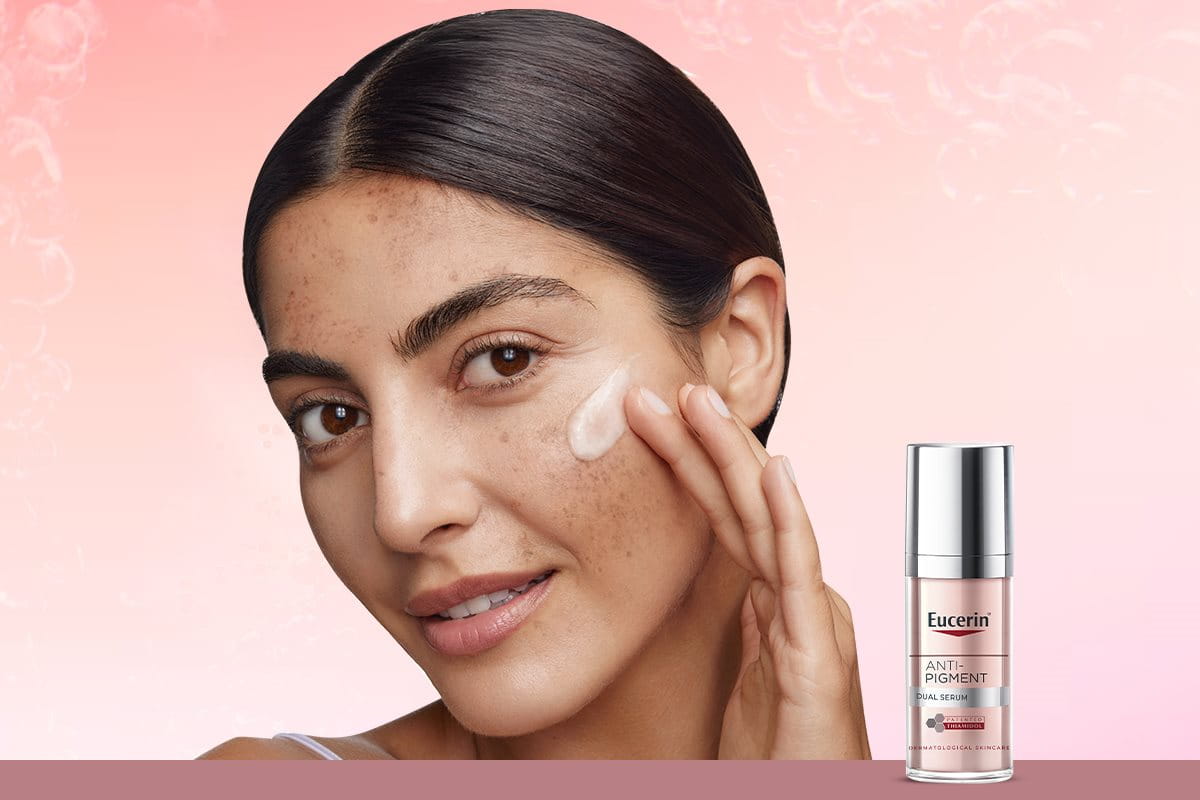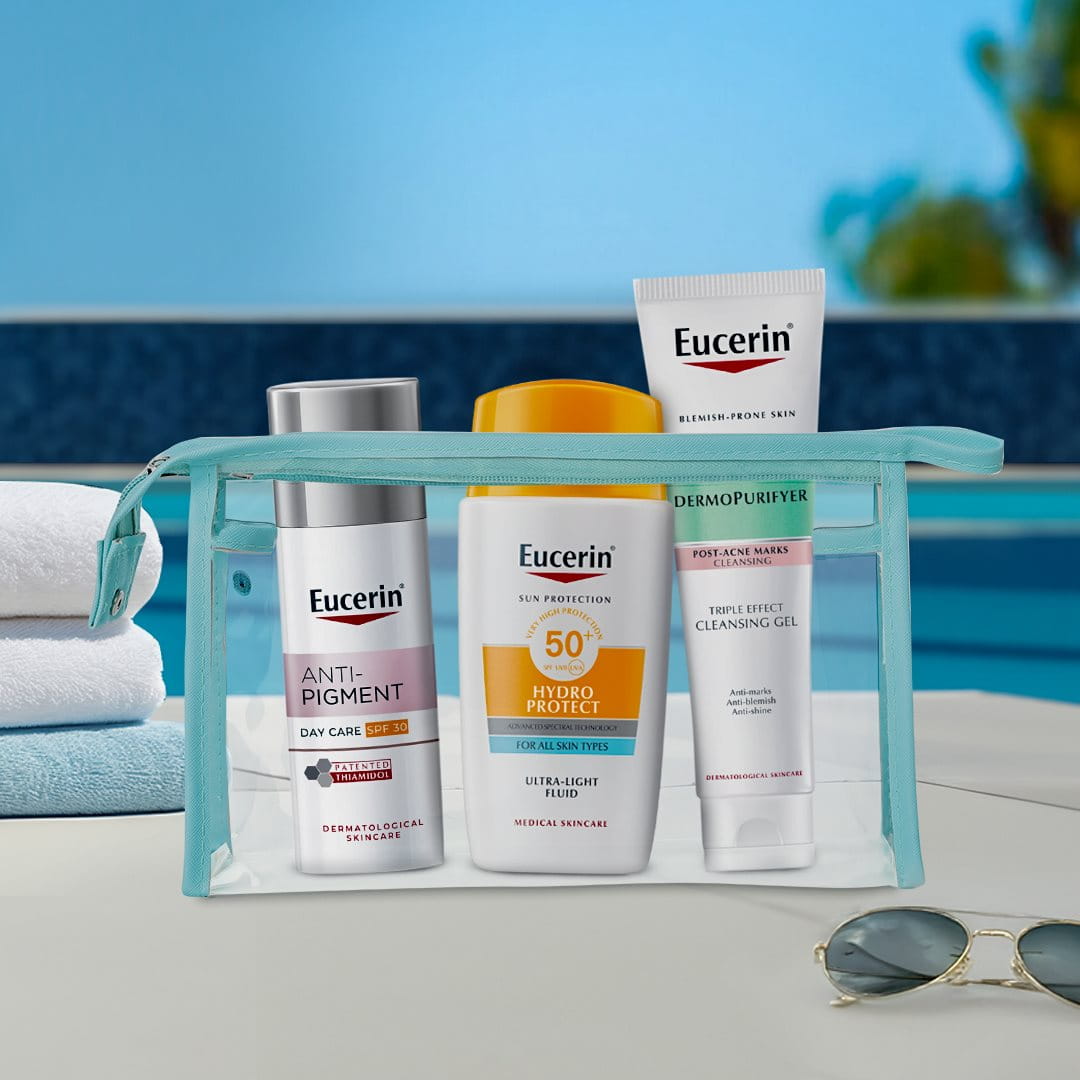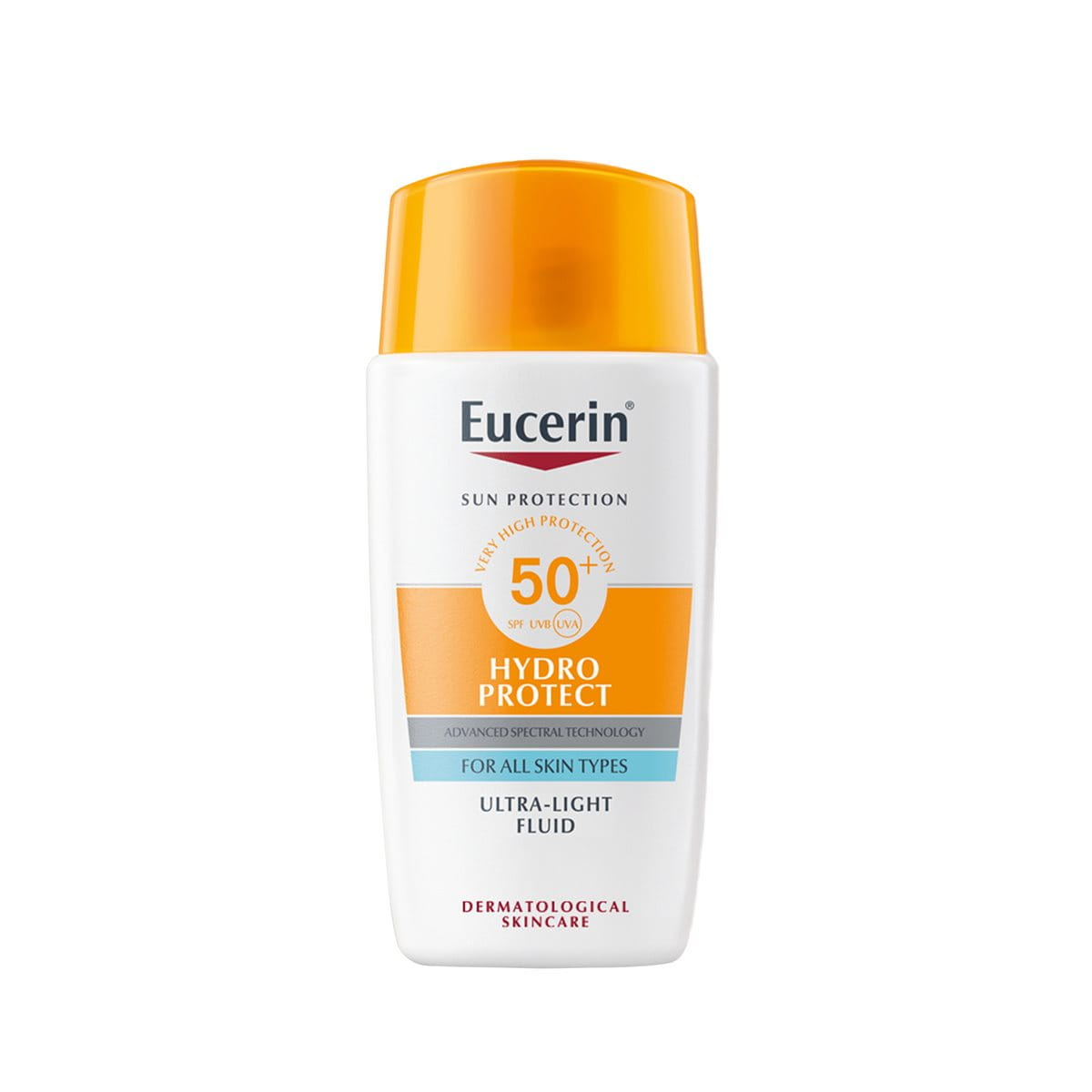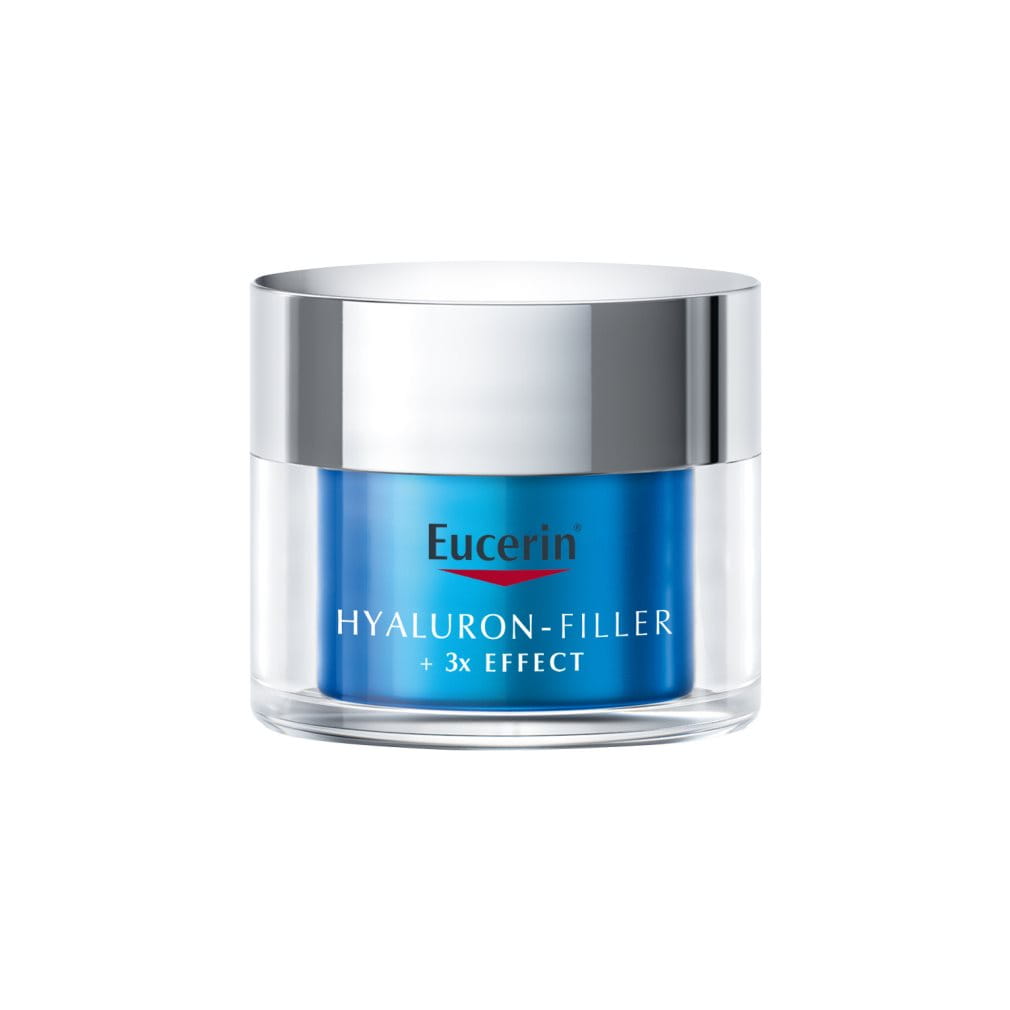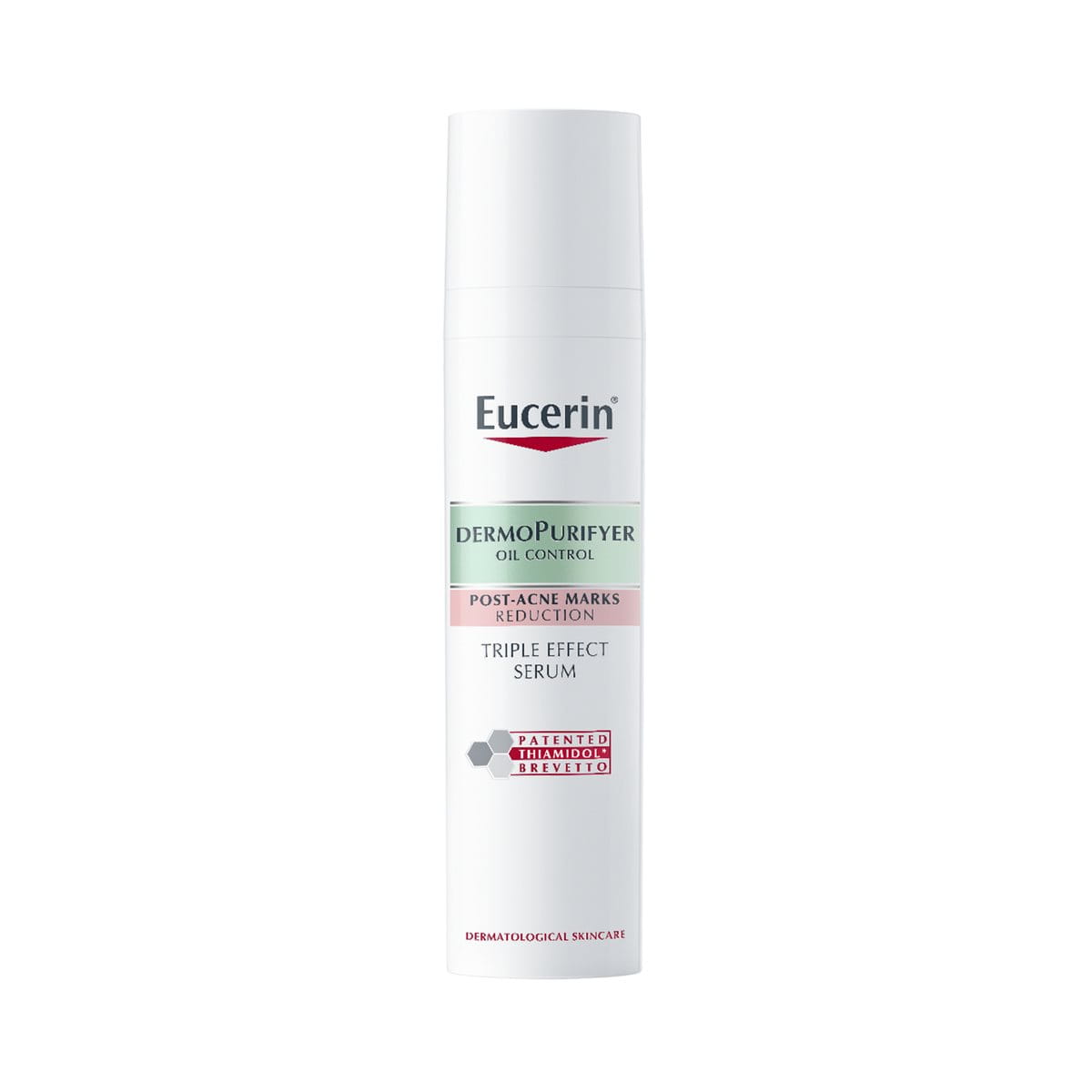Facial redness is not only an aesthetic concern; it is very often the sign that the natural barrier of your skin is compromised, or that it is simply reacting to stress from the outside world. Whether it’s a temporary rash or a patch of skin that’s irritated even after a few days, understanding the reasons for skin redness is the first step in alleviating and treating the issue.
So, dive right in to learn the top reasons for redness on the face and body, treatments recommended by dermatologists, and even lifestyle changes you can put into place to help soothe and strengthen your skin on a daily basis.
Keynotes:
- Skin redness often signals inflammation, irritation, or chronic conditions like rosacea and eczema.
- It can be triggered by harsh weather, sun exposure, spicy food, or irritating skincare.
- Treatments include soothing ingredients like aloe vera, niacinamide, and panthenol, along with gentle routines and anti-inflammatory creams.
- Avoid known triggers and use dermatologist-recommended products to reduce and prevent redness.

